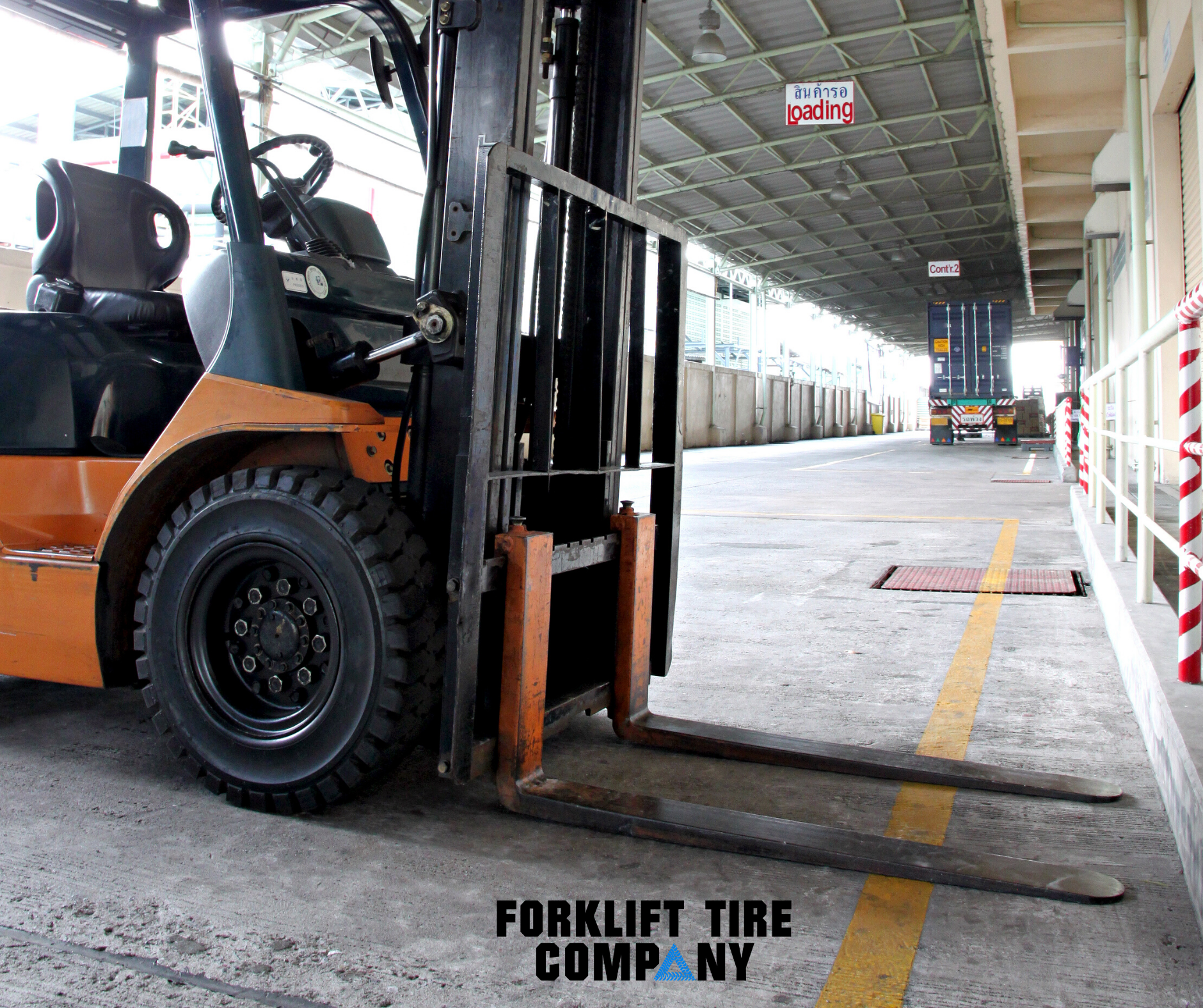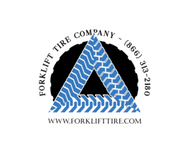2nd Jul 2020
According to OSHA regulations, forklift operators should ensure they conduct inspections on their forklifts before beginning their shift.
These inspections are usually designed to help identify potential problems with the forklifts that can lead to different fatal accidents.
There are two kinds of inspections that should be conducted on a forklift: the pre-operation inspections and the operational inspections.
In this article, we are going to look at the different types of operational inspections that are conducted with the forklift running and help you prevent forklift crashes.
Condition Of Steering Wheel
A malfunctioning forklift wheel can lead to very fatal forklift crashes.
Since it is mostly used for navigation, if it is faulty, it will be impossible to correctly maneuver certain areas and respond in time to prevent accidents.
Some of the issues to look out for are a locked steering, lack of steering pressure, and funny sounds which can alert you of any damage
Condition Of the Forklift Horn
Intersections and corners are usually some of the most accident-prone areas in a warehouse.
They create blind spots that prevent operators from seeing oncoming traffic leading to crashes and fatal injuries.
For this inspection check your forklift horns for proper volumes and if they are responding every time they are activated.

Condition of Forklift Seat Belts
During an accident like a tip-over, a roll-over, or a crush, a forklift operator can be thrown out of the forklift leading to avoidable fatal injuries.
They are thrown out of the forklift because their seat belts are either in bad condition or not properly attached limit which means they can't restrain them in their seat once force is applied.
Ensure the seat belts are properly fixed and are not worn out to an extent that they can break easily under pressure.
Condition of Foot Brakes
A forklift operator's response time during accidents can help prevent fatal injuries, however, this is not always the case.
One of the key reasons this happens is a faulty foot brake that prevents any response at all.
To avoid such scenarios test your braking systems to ensure they are responding to even the slight pressure once applied.
Condition Of Headlights/Warning Lights
Visibility is a very important aspect of forklift safety for both forklift operators and pedestrians.
While the headlights always ensure the forklift operator is fully aware of what is on their path, the warning lights are vital for alerting pedestrians of oncoming forklifts.
Therefore, switch on your headlight and warning light to check if they are working properly. Also, inspect them for any physical damage that can affect their functioning.
Article Summary
OSHA recommends that you conduct several operational checks to prevent potential accidents. Some of these operational checks help detect problems that can lead to fatal crashes. They focus on inspecting the condition of the steering wheel, forklift horn, seat belts, foot brakes, and headlights/warning lights.
Forklift Tire Company is one of the largest suppliers of forklift tires in the USA. We are happy to help you find the right tires for your forklift truck. Visit our online store here for great discounts or email us at sales@forklifttire.com, our customer service team is ready to assist you.






